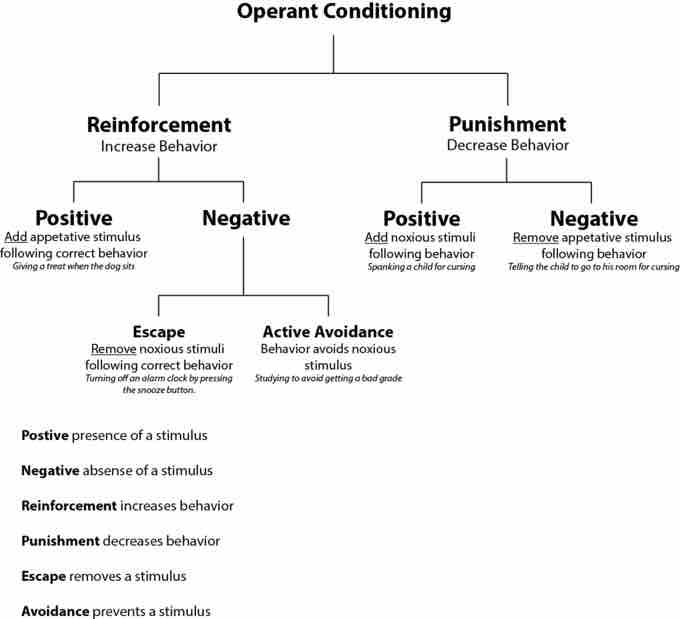Identifying how to keep employees interested and motivated in their work is a substantial aspect of organizational behavior. This area of business is uniquely combined with psychology and sociology to create an understanding of how people behave at work, and why. As an overview, there are a few key concepts which will help to frame motivational theory, and how it is commonly applied in the workplace.
Environment Matters
How people behave is largely impacted by how they interact with the world around them. As an organization, it's useful to consider how the structure of an office, and the availability of certain resources, may impact overall behavior of all employees. External forces that impact behavior are referred to as stimuli, and understanding what type of stimuli may modify behavior is useful in leading organizations.
Take an example of an open office environment, as compared to an environment of cubicles and individual offices. With easy access to privacy and walls between employees, tendencies toward individual work and decision-making via small groups and small meetings may be more likely compared to an office with long tables, no offices, and no walls. This is just a simple example of a cultural decision that will result in modified behavior.
Reinforcement (Positive and Negative)
Behavior modification in organizational management is often linked with B.F. Skinner's contributions to the study of behavior. Reinforcement, both positive and negative, can be created via incentives or the removal and avoidance of negative stimuli. These influences on behavior are different than environmental influences because they are deliberately reactive to employee behaviors (as opposed to proactive or incidental). Hence the idea of reinforcing something deliberately, after it occurs.
Concepts like this tend to look much simpler in action than in theory. A simple example can be seen in the restaurant industry. A server might be motivated to perform better after receiving higher tips for exceptional service. This is positive reinforcement. On the other hand, a server might be motivated to perform better after his or her boss received negative feedback from an unhappy customer. This is negative reinforcement.
Punishment
Punishments, such as demotions, are also used to avoid repeating undesirable past behaviors. For example, a restaurant manager might require the server who makes the most mistakes (such as mixing up orders) to pick up the least desirable shifts.

Operant Conditioning
Behavior can be promoted or demoted through strategic use of positive and negative reinforcements, as well as positive and negative punishments.